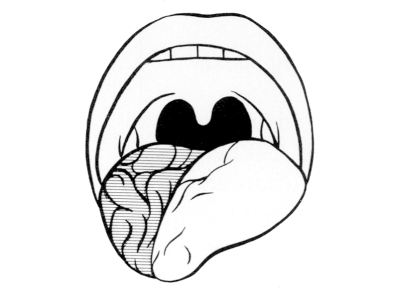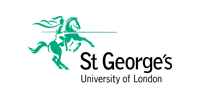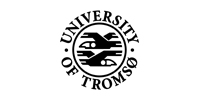The CN XII only contains motor fibres and innervates the muscles in the tongue.
Procedure
- Ask the patient to open their mouth.
- Assess the shape and position of the tongue.
- Note whether the tongue lies still.
- Ask the patient to stick their tongue out.
- Observe whether they stick their tongue out to the left or right.
- Ask the patient to push their tongue firmly into their cheek.
- Exert counter-pressure to the outside of the cheek and assess the strength of the tongue.
- Compare left and right.
Interpretation
If the tongue does not lie still in the mouth but displays marked fasciculations consider the possibility of an anterior horn condition [Figure 34].
NB. Almost no-one has a tongue that lies completely still.
 Figure 34
Figure 34
In the case of unilateral loss of function of the hypoglossal nerve, the tongue will be atrophic on the affected side. The tongue may lie more towards the healthy side and is usually stuck out to the affected side.




























